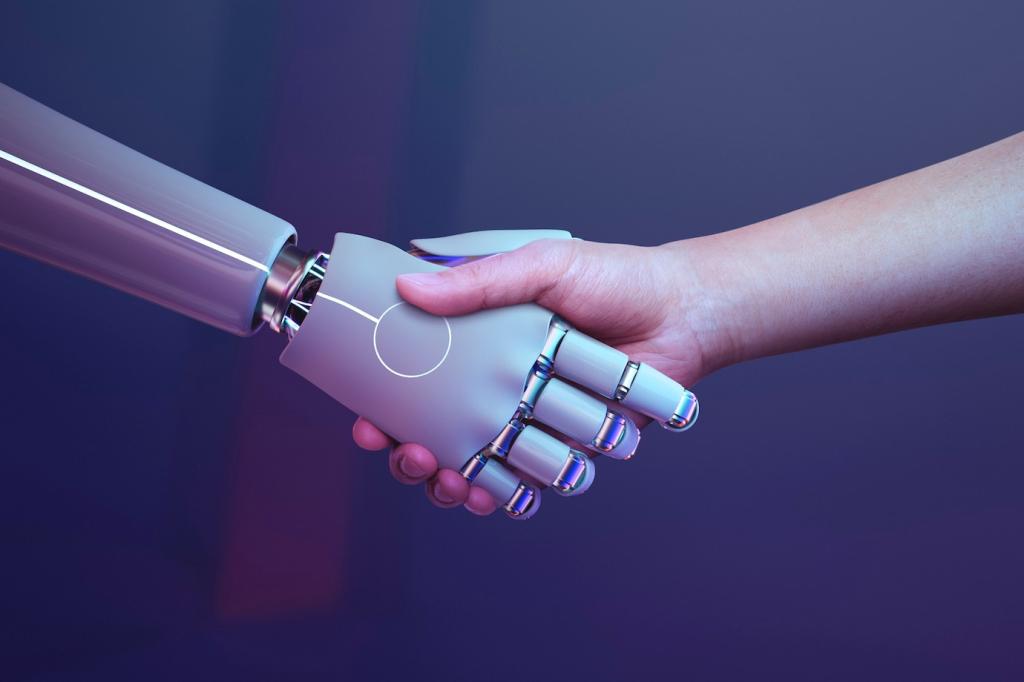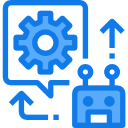Integrating IoT with Next-Gen Smart Home Devices
The integration of the Internet of Things (IoT) with next-generation smart home devices is transforming the very meaning of modern living. By linking everyday appliances, security systems, entertainment hubs, and more through centralized networks and intelligent algorithms, IoT paves the way for homes that anticipate needs, optimize resources, and enhance comfort and security on an unprecedented scale. This page explores the key aspects of this evolution, from the core technologies to challenges and the promising future waiting just around the corner.
Enabling Technologies Behind IoT-Driven Smart Homes

Seamless Wireless Connectivity
The reliability and speed of wireless connectivity are foundational to IoT-powered smart homes. Wi-Fi 6, Zigbee, and Bluetooth Low Energy offer robust solutions to connect dozens of devices simultaneously without lag or bottlenecks. These technologies ensure that voice commands, app requests, and sensor-based automations are executed instantly. Optimized bandwidth and frequency management also help avoid interference, making every device’s response swift and predictable. Reliable wireless infrastructure guarantees uninterrupted operation, even as more devices join the network.

Advanced Sensors and Embedded Intelligence
Sensors are the eyes and ears of a smart home, constantly gathering real-time data on temperature, humidity, light, and occupancy. Embedded microprocessors interpret these inputs, enabling the system to make autonomous decisions like adjusting lighting, regulating climate, or alerting homeowners to unusual activity. With ever-increasing miniaturization and energy efficiency, today’s sensors are nearly invisible yet highly accurate, laying the groundwork for truly responsive living spaces that adapt fluidly to daily routines.

Cloud-Based Data Management
The cloud plays a pivotal role in storing, analyzing, and managing the tidal wave of data generated within smart homes. It provides scalable storage and advanced analytics powered by machine learning to detect patterns, predict needs, and automate tailored actions. Remote access to devices, seamless software updates, and secure backups are some of the many benefits a cloud-connected ecosystem brings. By leveraging powerful cloud resources, smart homes can grow ever smarter and more adaptable with every new device added.
Transforming Everyday Experiences at Home
Personalized Comfort and Automation
IoT enables homes to tailor comfort settings automatically, learning preferences over time and adjusting environments accordingly. Smart thermostats set the perfect temperature before you arrive, while lighting adjusts to your mood or the time of day. Automation routines streamline repetitive tasks—like locking doors or closing blinds—making daily life smoother and more enjoyable. Over time, the home’s ability to personalize experiences grows, resulting in an environment always attuned to each resident’s needs.
Enhanced Security and Peace of Mind
Security is a cornerstone of smart home evolution. Connected cameras, intelligent locks, and motion sensors offer real-time surveillance and alerts, allowing homeowners to monitor and protect their property from anywhere in the world. Automated routines can simulate occupancy when residents are away, deterring potential intruders. Integration with emergency services adds an extra layer of safety, ensuring rapid response to fire, break-ins, or health emergencies. These systems provide assurance that security is always vigilant and up-to-date.
Energy Efficiency and Sustainability
Smart homes leverage IoT to minimize energy waste and promote sustainability. Devices track usage patterns to optimize the operation of heating, cooling, and lighting systems, ensuring that appliances run only when needed. Smart irrigation systems adapt to real-time weather data, conserving water without sacrificing healthy landscapes. By providing detailed insights into consumption, IoT empowers residents to make informed decisions and actively participate in shaping a greener, more sustainable future.
Interoperability Across Platforms
Smart home ecosystems often consist of devices from multiple manufacturers, each with their own communication protocols and standards. Ensuring that all devices can share information and work together harmoniously is a significant challenge. Industry efforts towards universal standards, such as Matter, are paving the way for improved compatibility. Effective integration minimizes isolated “islands” of automation and enables homeowners to enjoy cohesive control across their entire environment, regardless of device make or model.
Safeguarding Privacy and Data Security
With sensitive personal data flowing between devices and the cloud, robust security and privacy measures are paramount. Vulnerabilities in IoT products can potentially expose homes to risks like hacking, surveillance, or misuse of data. Encryption, strong authentication processes, and continuous system updates are vital for protecting user information. Equally important are transparent privacy policies and granular user controls, empowering residents to govern exactly how their data is used and shared within the smart home ecosystem.
Simplifying User Experience
As smart home capabilities grow more sophisticated, managing complex networks of devices can quickly become overwhelming for end users. Streamlined interfaces, intuitive apps, and voice-activated assistants play a crucial role in making technology accessible and easy to operate. Well-designed onboarding and routine management tools reduce learning curves, encouraging confident adoption. Ultimately, technology should enhance lifestyles without adding complexity, allowing every member of the household to benefit.
